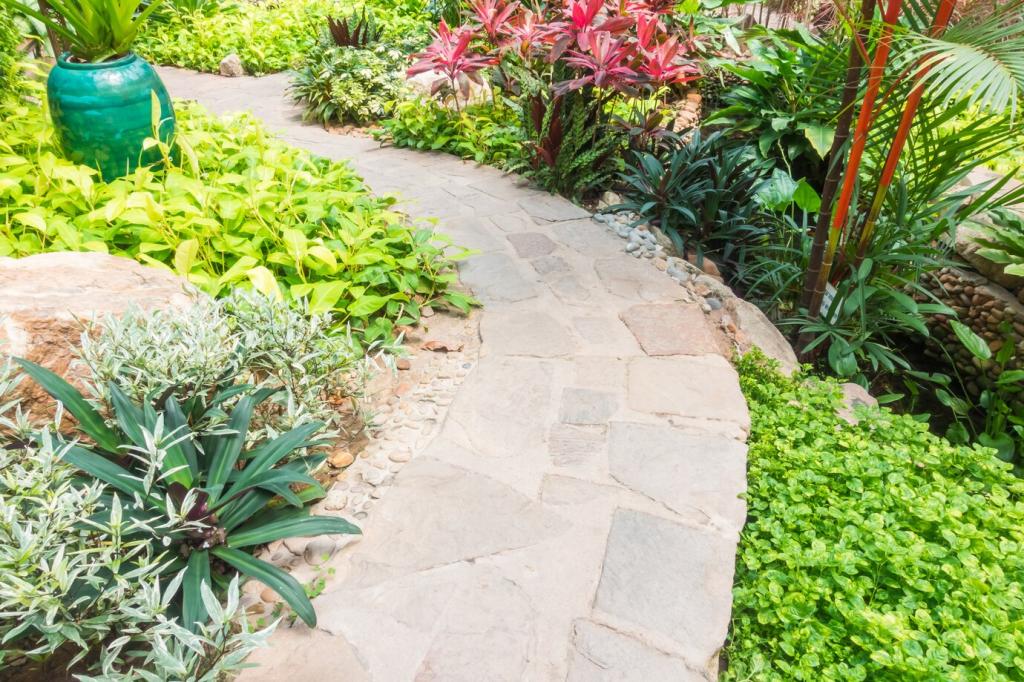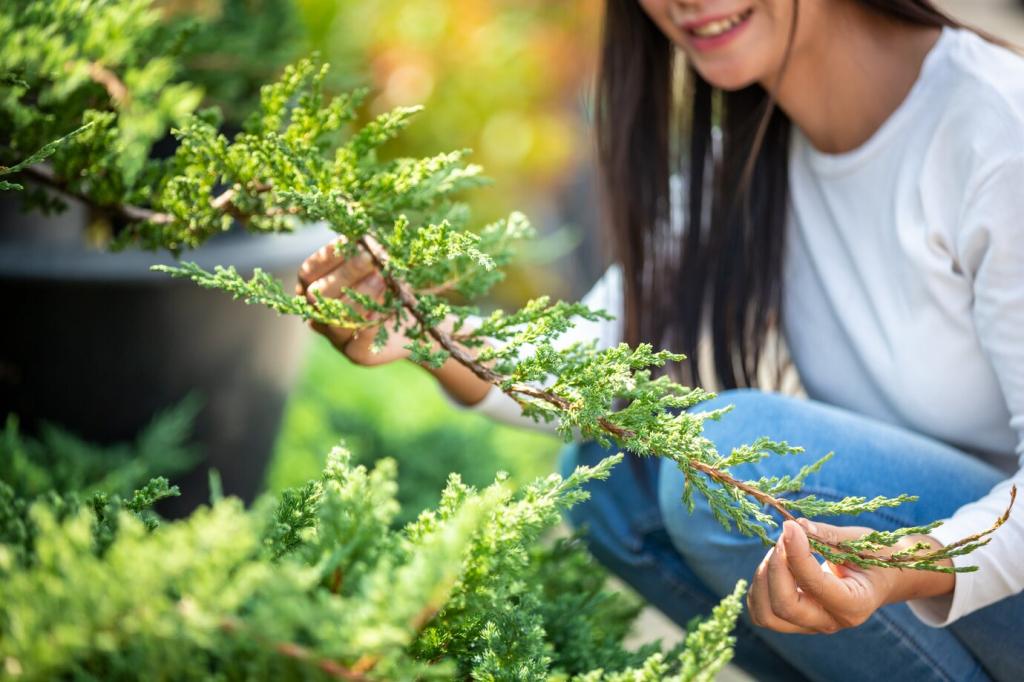Welcoming Wildlife and Balancing Pests the Gentle Way
Bundle hollow stems, twigs, and drilled logs for insect hotels. Provide shallow basins with stones for pollinator landings. These simple features increase garden allies and delight kids who track daily visitors with sketchbooks or phone photos.
Welcoming Wildlife and Balancing Pests the Gentle Way
Walk your beds weekly, flipping leaves and noting patterns before acting. Adjust spacing, airflow, and watering first. Introduce predators, like ladybugs, if needed. Share a scouting win that saved a crop without resorting to harsh interventions.
Welcoming Wildlife and Balancing Pests the Gentle Way
Use warm, shielded, low-lumen lights on motion sensors to reduce disruption of moths and bats. Strategic placement keeps paths safe and skies starry. Post your lighting layout to help others preserve nocturnal pollinator pathways.
Welcoming Wildlife and Balancing Pests the Gentle Way
Lorem ipsum dolor sit amet, consectetur adipiscing elit. Ut elit tellus, luctus nec ullamcorper mattis, pulvinar dapibus leo.








